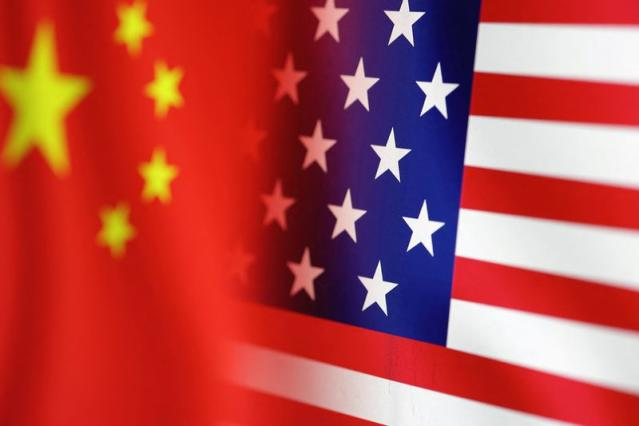
Key Points:
- The Chinese military claims to have “driven away” a US Navy destroyer near the Paracel Islands in the South China Sea.
- The US maintains that the destroyer asserted navigational rights consistent with international law.
- This incident highlights the escalating tensions and ongoing territorial disputes in the South China Sea.
US Destroyer Challenged by Chinese Military in South China Sea
Tensions flared in the South China Sea as the Chinese military claimed to have “driven away” a US Navy destroyer near the Paracel Islands on May 10th. The incident marks the latest escalation in the ongoing dispute over the region’s territorial claims and navigation rights.
The Southern Theater Command of the People’s Liberation Army released a statement accusing the USS Halsey of “seriously infringing on China’s sovereignty and security” by entering what they consider their territorial waters. They further condemned the action as evidence of “navigation hegemony and militarization of the South China Sea.”
The US Navy countered, stating that the destroyer was conducting a routine operation, asserting navigational rights and freedoms consistent with international law. They maintained that the USS Halsey exited the area after completing its operation and continued its journey within the South China Sea.
Complexities of South China Sea Territorial Claims
In 2016, the Permanent Court of Arbitration delivered a landmark ruling that invalidated China’s expansive claims based on the nine-dash line, a demarcation used by China to delineate its asserted territory. However, China has rejected the ruling and continues maintaining a robust presence in the region through its military and coast guard activities. This includes constructing artificial islands and deploying naval vessels, effectively strengthening its control and influence.
The issue of Taiwan adds another layer of complexity to the situation. China views Taiwan as an integral part of its territory, while Taiwan maintains its independent governance. The recent passage of the USS Halsey through the Taiwan Strait, a narrow waterway separating Taiwan and China, has further aggravated tensions. China consistently expresses its disapproval of US naval operations near Taiwan, interpreting them as a challenge to its sovereignty and a gesture of support for Taiwan’s autonomy.
Rising Tensions and International Concerns
The latest naval spat between the US and China underscores the escalating tensions in the South China Sea. The region’s strategic importance for trade and resource exploration fuels competing claims and interests.
The international community observes these developments with growing concern, fearing miscalculations or accidents that could lead to a broader conflict. The US remains committed to upholding freedom of navigation and supporting its regional allies, while China continues to assert its territorial claims and resist what it perceives as external interference.
As the United States and China continue to assert their presence and interests in the South China Sea, the potential for further confrontations and escalation remains a significant concern. The international community watches closely, urging both sides to engage in dialogue and diplomacy to resolve disputes peacefully and prevent the region from becoming a flashpoint for conflict. The future stability of the South China Sea hinges on a delicate balance of power, respect for international law, and a commitment to finding common ground amidst competing claims.
